Mapping an ocean of creatures
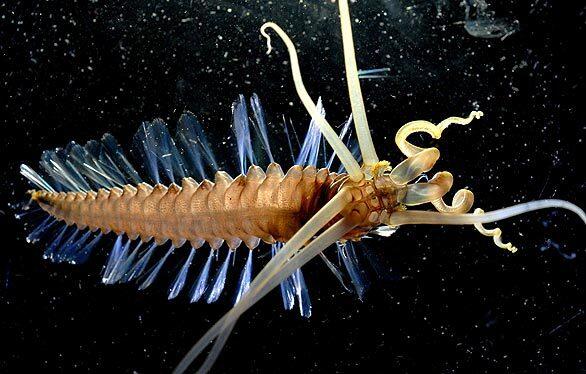
It looks like a bizarre variety of squid, but this creature that biologists found in the Celebes Sea, off Borneo, is actually a new species of worm. The $650-million, decade-long census project is due to finish next year. (Larry Madin / Woods Hole Oceanographic Institution.)
The Census of Marine Life aims to identify and catalog every species in the worlds oceans, from microbes to blue whales.
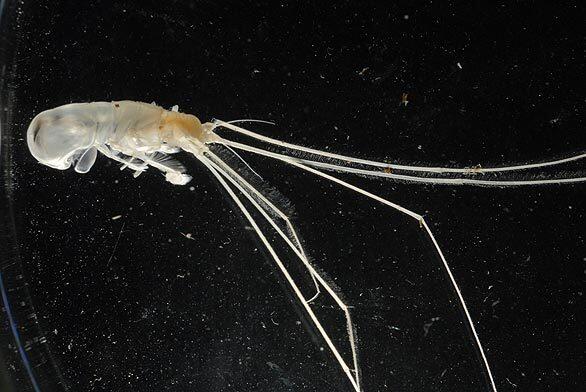
This 3-centimeter-long isopod, a relative of the land-dwelling pill bug, was collected 1.25 miles down in the Celebes Sea from a remotely operated vehicle. (Larry Madin / Woods Hole Oceanographic Institution)
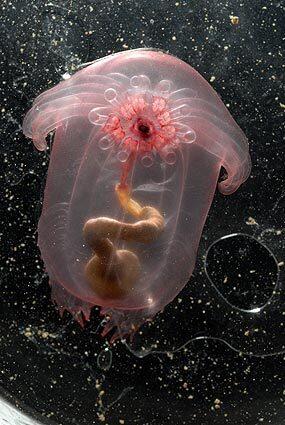
This transparent pink sea cucumber, as its full (and fully visible) gut attests, has recently dined. It eats on the ocean floor and uses its wing-like collar to swim. (Larry Madin / Woods Hole Oceanographic Institution)
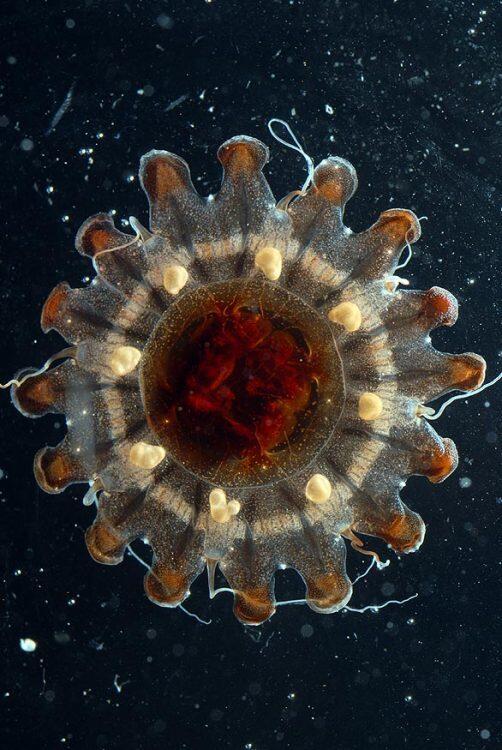
Scientists believe this transparent jellyfish has red pigment around its stomach to keep bioluminescent prey, as it digests, from advertising the jellyfish’s whereabouts to larger, hungry animals. (Larry Madin / Woods Hole Oceanographic Institution)
Advertisement
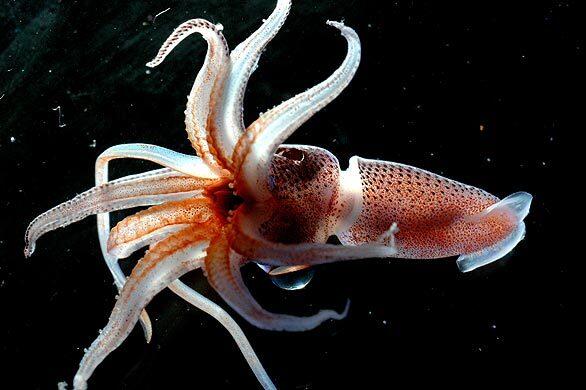
This squid, Histioteuthis sp., is about 6 inches long and is covered with spots, called chromatophores, that let it change color at will. Its eyes are different sizes. (Larry Madin / Woods Hole Oceanographic Institution)

The Census of Marine Life embarked on about 400 shipboard expeditions from the tropics to the polar regions, finding more than 5,600 suspected new species so far. Its going to be the Rosetta Stone for the future, said one biologist. (Chris Linder / Woods Hole Oceanographic Institution)







